The top-rated horse racing tipsters including David Dooley regularly mention the impact of Horse Racing Draws and research the Draw Bias at certain horse racing tracks.
The stall number the horse comes out is an often overlooked but extremely important part of predicting the outcome of the race.
Savvy punters are always trying to find angles with horse racing statistics and the draw bias stats help find the daily outsider tips and each-way predictions for many of the profitable tipsters and horse racing pundits.
The draw bias plays a big role in some UK Racecourses and Irish Racecourses.
The horse racing draw bias refers to whether or not a racehorse running has an advantage or disadvantage following the stall they have been drawn in.
In Horse Racing Draw Guide, we will explain everything you need to know about the stalls and potential draw advantages horses might have.
Find out more about horse racing draw bias:
Contents
- 1 How important is the draw in horse racing?
- 2 Horse Racing Tracks with a Notable Draw Bias
- 3 Who does the draw work in British horse racing?
- 4 Who does the draw work in Irish horse racing?
- 5 What Actually Makes a Draw Bias?
- 6 Race Draw at UK Racecourses
- 7 Summary of Racing Draw Bias
- 8 Related Draw Bias Posts
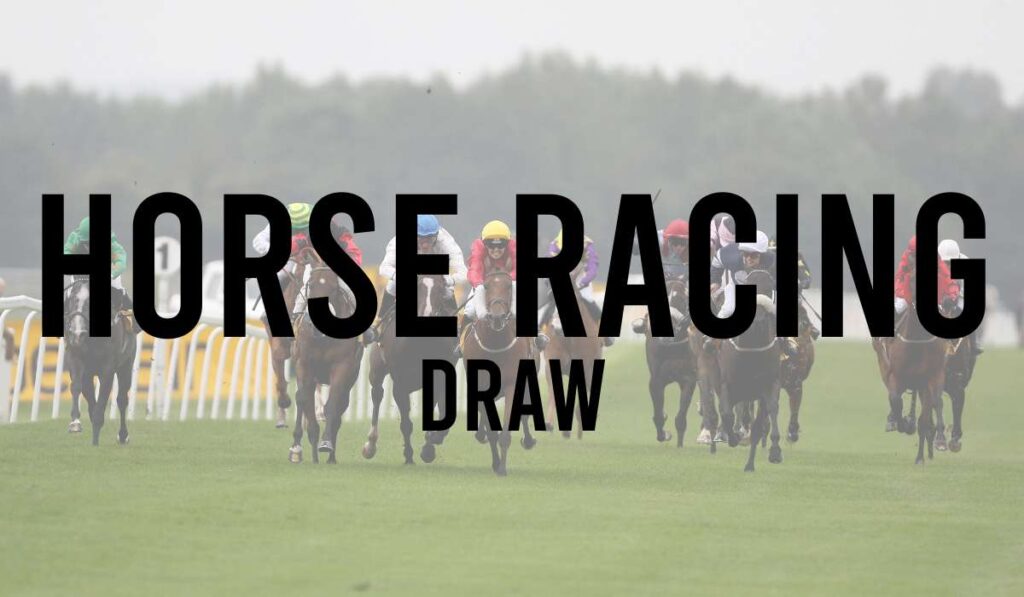
How important is the draw in horse racing?
The draw in horse racing is one of the most important factors to consider at some horse racing venues like Chester Racecourse.
The horse racing draw is perhaps the most overlooked factor in horse racing.
The stall a horse is drawn in can massively influence the outcome, depending on the horse racing track.
Horse Racing Tracks with a Notable Draw Bias
Some racecourse owners have done their best over the years to negate any draw bias their course may have had.
All horse racing tracks may have a bias on a given day, but these are the notable track biases still regarded as noteworthy by professional punters:
Ascot Draw Bias
Ascot is known by shrewd sports bettors to have a draw bias on their straight course.
In big races, most notably at Royal Ascot, when the entire track is covered by a large field the near side tends to show up best.
That would make those drawn in high stalls favoured. While there is no bend to take, the bias may come from the ground being fresher on the stands side.
Beverley Draw Bias
Beverley is a very tight, right-handed track and so those drawn low are very much given an advantage as long as they can handle the turn OK.
Catterick Draw Bias
In races over 5-7 furlongs, those drawn low have a marked advantage here. There is a tight bend at Catterick (left-handed), but even over the minimum trip the field slightly bears left meaning those on the far side are favoured.
Chester Draw Bias
Chester is a tight one-mile left-handed oval and so the make-up of the course itself will always lead to favourable and unfavourable draws.
In all races at this track, a low draw will be best as taking Chester’s turns any more than three or so horses wide will mean covering a noticeable amount of extra ground.
Newmarket Draw Bias
When runners are across the track in races such as the 2000 Guineas, those drawn high near the stands side have definitely faired best.
Who does the draw work in British horse racing?
A British horse racing draw is made at random by Weatherbys (think of them as the governors of British racing) on the day declarations are made.
The barrier draw is done for flat races only and the term “draw “or “stall berth” is the position across the course from where the horses must start the race.
Some horse racing tracks stall berth bias can play a significant part in determining the outcome of the race and knowledge of this factor can provide a distinct advantage to the punter.
The horse racing draws are done to decide which stall a horse comes out of.
Here are examples of the horse racing draw:
- A horse drawn number 1 will come out of stall 1
- A horse being drawn 6 will come out of stall 6
- Drawn number 8 means the racehorse will be loaded into stall 8
Who does the draw work in Irish horse racing?
An Irish horse racing draw is made at random by Horse Racing Ireland (think of them as the governors of Irish racing) on the day declarations are made.
The horse racing draws for Irish horse races are done to decide which stall a horse comes out of on flat races.
No draws are needed for any National Hunt racing in Ireland.
What Actually Makes a Draw Bias?
There are many things that actually make a good or bad draw.
Here are the main elements that influence the draw bias advantage or disadvantage.
Ground Conditions
The ground conditions of the race track can impact a horse’s chances of winning with some parts of the surface being seen to ride slower than others.
Racecourses like Dundalk seem to have slower ground conditions on the rail so jockeys are continuously seen to come off the rail for the quicker ground.
Tight Turning Track
There is a permanent draw bias on tight-turning tracks to horses being drawn low as means essentially going the shortest way round and thus not covering any extra yardage.
The Chester Draw Bias is because of the tight bends and horses need to be drawn low to save the distance in their run.
On tight turning tracks if you are caught wide vs being on the rail the extra yardage can be significant.
Being Drawn Near the Pace
In large field races on straight tracks, it helps for your horse to be on the side of the track featuring the quickest horses.
In a 25-runner race on a track without a known bias, if there are two or three confirmed front-runners in stalls 14, 17 and 21 and none on the other side, being drawn in and around the higher numbers will definitely be beneficial.
Being Drawn Near the Rail
For some horses being drawn near the rail is crucial to help them keep straight.
Horses can get a little lost on the outer and can sometimes show their inexperience by jinking right or left as they race, losing ground the whole time.
Racing against the rail naturally helps the horse to stay in a nice, straight racing line and makes their performance that much more economical.
Fresher Strip Of Ground
It may well be that there is a fresher strip of ground for the horses to run over on a certain part of the track.
If runners have been churning up the track on the softer ground all day near the far rail, then in the later part of the day there is a big field, it’s often the case that those on the near side may be running on the lovely, fresh ground as opposed to racing in bog-like conditions which are usually very ‘holding’.
As you can see there are lots of factors affecting draw bias that you need to take into consideration
Race Draw at UK Racecourses
Not all UK or Irish racecourses have a draw advantage.
But for horse racing tipsters if you know which race tracks have a draw bias and in particular what types of races are influenced can hugely help your predictions on the race outcome.
Here is a list of racecourses and draw advantage information:
- ASCOT RACES – In large fields over the straight course the draw advantage appears to favour those stalled near either rail
- AYR RACES – In large fields over the straight course low numbers are favoured
- BATH RACES – Low numbers are favoured in races up to a mile
- BEVERLEY RACES – High numbers have an advantage in races up to one mile rather than horses drawn low. Low on soft ground conditions is preferrable
- BRIGHTON RACES – In sprint races low stall numbers tend to have an advantage
- CARLISLE RACES – High stall numbers have an advantage in races up to a mile
- CATTERICK RACES – Low stall numbers have an advantage in races up to seven furlongs
- CHELMSFORD RACES – All Weather track has no draw advantage or draw biases
- CHESTER RACES – A low draw and a fast start give a distinct advantage in sprints
- DONCASTER RACES – High stall numbers have an advantage on the straight course. And low numbers are favoured on the round course
- EPSOM RACES – High numbers best over 5f and 6f, low numbers best from 7f to 1m 2f
- FFOS LAS RACES – No significant draw advantage or draw biases
- GOODWOOD RACES – Low numbers are best in sprints, though a fast start is equally important
- HAMILTON RACES – Middle to high numbers best in sprints, especially on soft ground horses drawn high have a big advantage
- HAYDOCK RACES – In 5f and 6f races on soft ground high numbers have an advantage.
- KEMPTON RACES – The All-Weather track is low numbers best in races 5f to 7f
- LEICESTER RACES – High stall numbers are best on the straight course
- LINGFIELD ALL WEATHER RACES – No significant advantage or draw biases
- LINGFIELD TURF RACES – Significant advantage to those drawn high in races between 5f to 7f
- MUSSELBURGH RACES – In races up to a mile high numbers are usually at an advantage
- NEWBURY RACES – High numbers are best in large fields, especially on very soft or heavy ground conditions
- NEWCASTLE ALL WEATHER RACES – No draw bias on the all-weather surface
- NEWMARKET JULY COURSE – No significant advantage or draw biases
- NEWMARKET ROWLEY MILE – Any advantage in the draw is dependent on the position of the stalls
- NOTTINGHAM RACES – The advantage of the draw is dependent on the position of the stalls
- PONTEFRACT RACES – Low stall numbers are best in sprints
- REDCAR RACES – Middle to high numbers have a decided advantage on the straight course
- RIPON RACES – Low number draw favoured on the sprint course except when the going is soft or heavy
- ROYAL ASCOT RACES – No draw advantage or draw biases
- SALISBURY RACES – Low numbers at an advantage in sprints when the going is soft
- SANDOWN RACES – High numbers best in sprints, especially in large fields on soft going
- SOUTHWELL RACES – All Weather: 5f None, 6f Low best
- THIRSK RACES – High numbers best on the straight course, low numbers best at 7f & 1m
- WINDSOR RACES – High numbers hold a slight advantage in sprints
- WOLVERHAMPTON RACES – All Weather: No draw advantage or draw biases
- YARMOUTH RACES – High numbers are best on the straight course, especially in large fields
- YORK RACES – Low to middle numbers best on the straight track, especially when soft going prevails
Knowing which horse racing tracks have a draw bias can greatly improve your chances of making your horse racing betting more profitable.
Summary of Racing Draw Bias
The shrewd sports betting punters assess many things like the form, the distance of the race, the ground conditions and even which jockey is on board.
But some often overlooked is the draw and this is very important over certain distances or at particular racecourses.
Which stall a horse is drawn in can influence that particular horse’s chance of winning.
Find all the draw bias information articles.
- Ascot Draw Bias
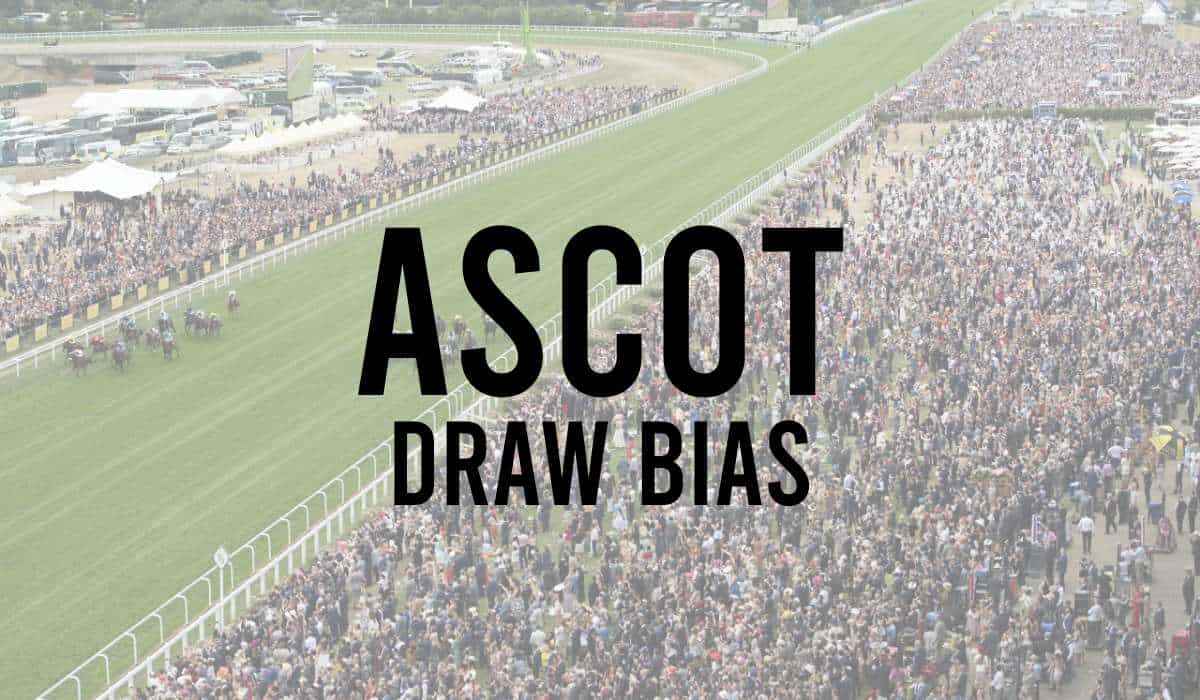
- Bath Draw Bias
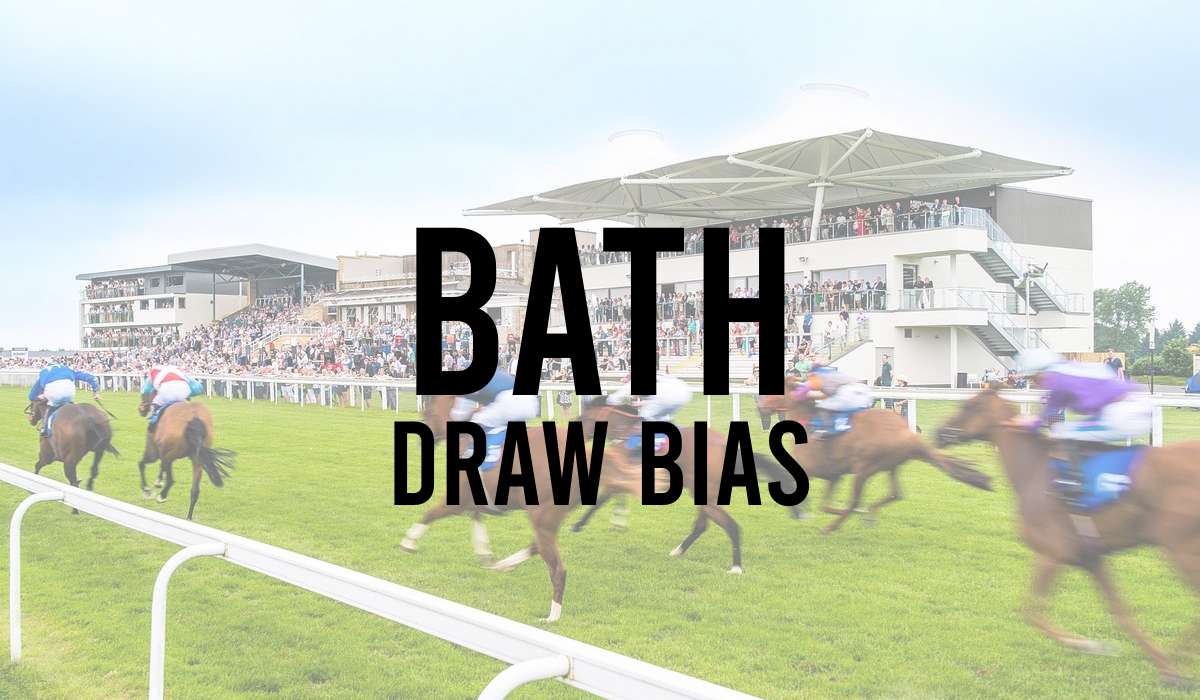
- Beverley Draw Bias
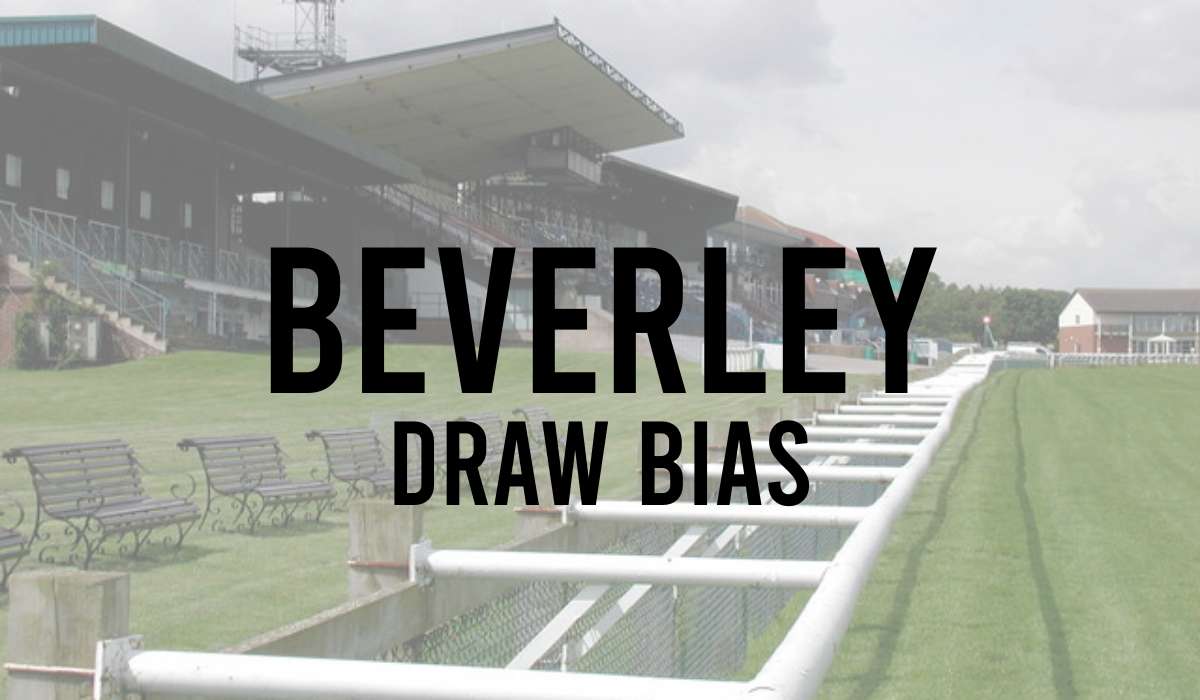
- Brighton Draw Bias
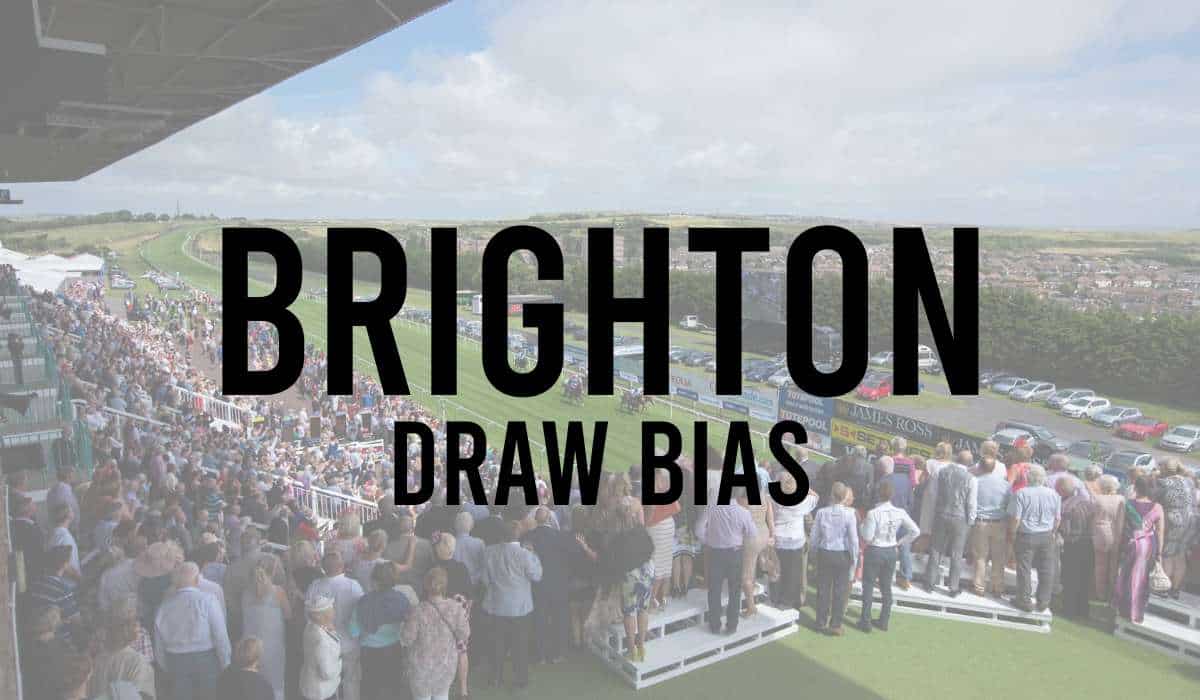
- Catterick Draw Bias
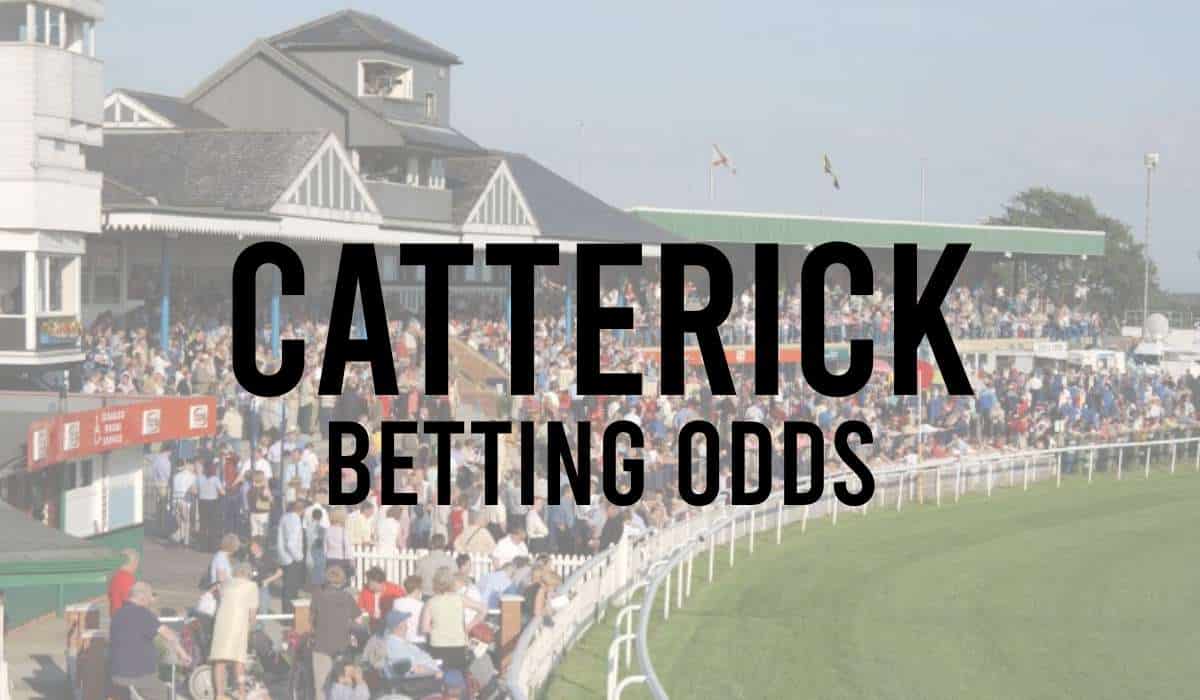
- Chelmsford Draw Bias
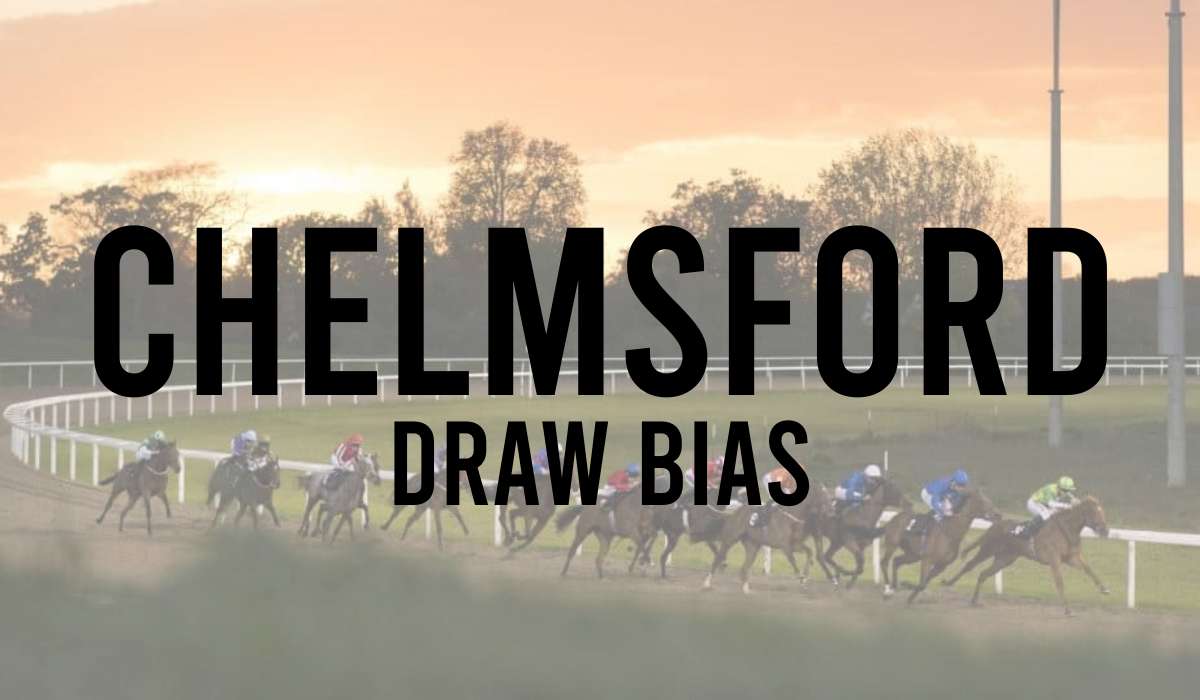
- Chester Draw Bias
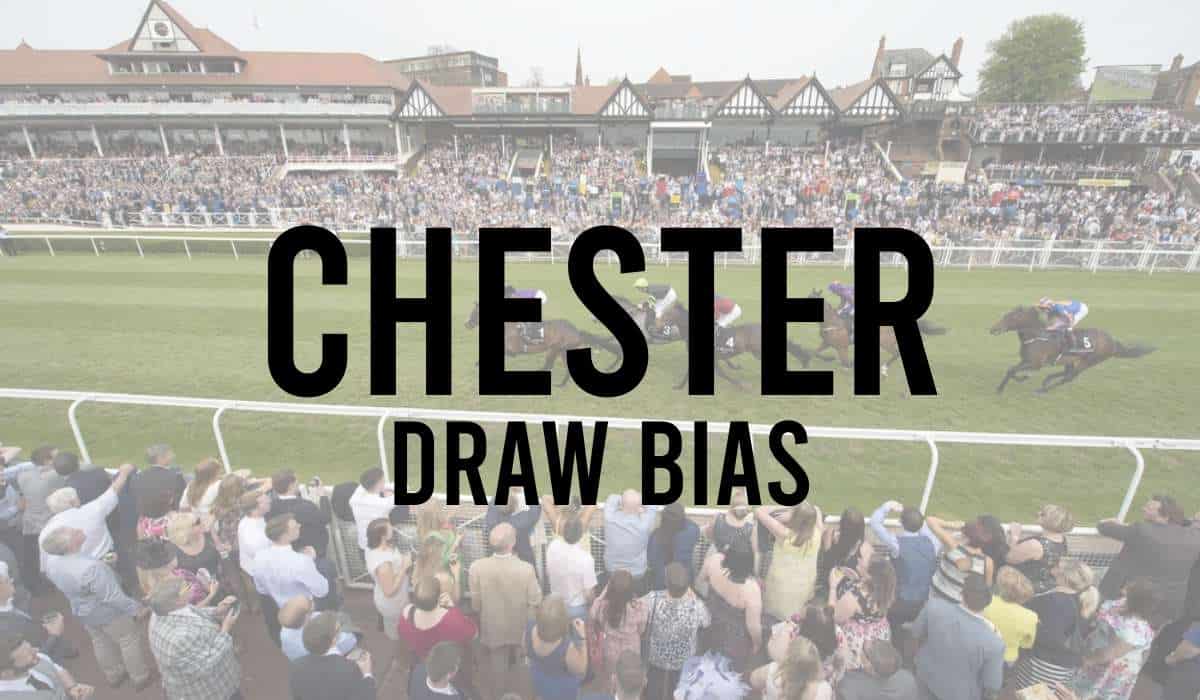
- Cork Draw Bias
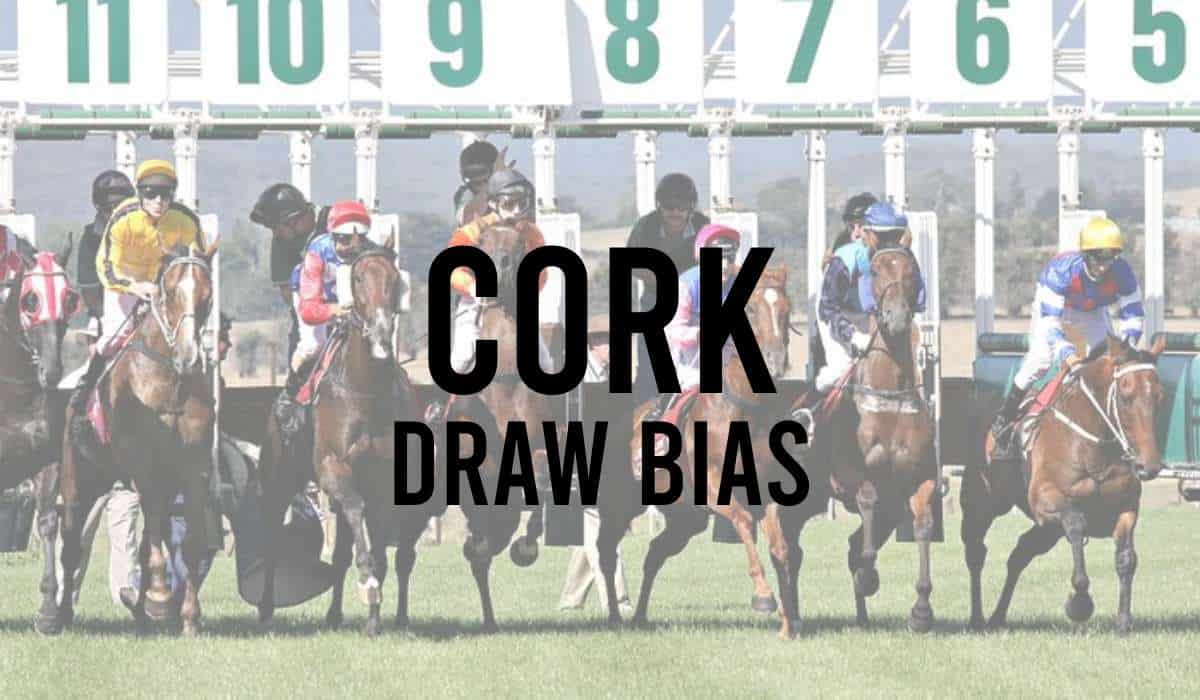
- Doncaster Draw Bias
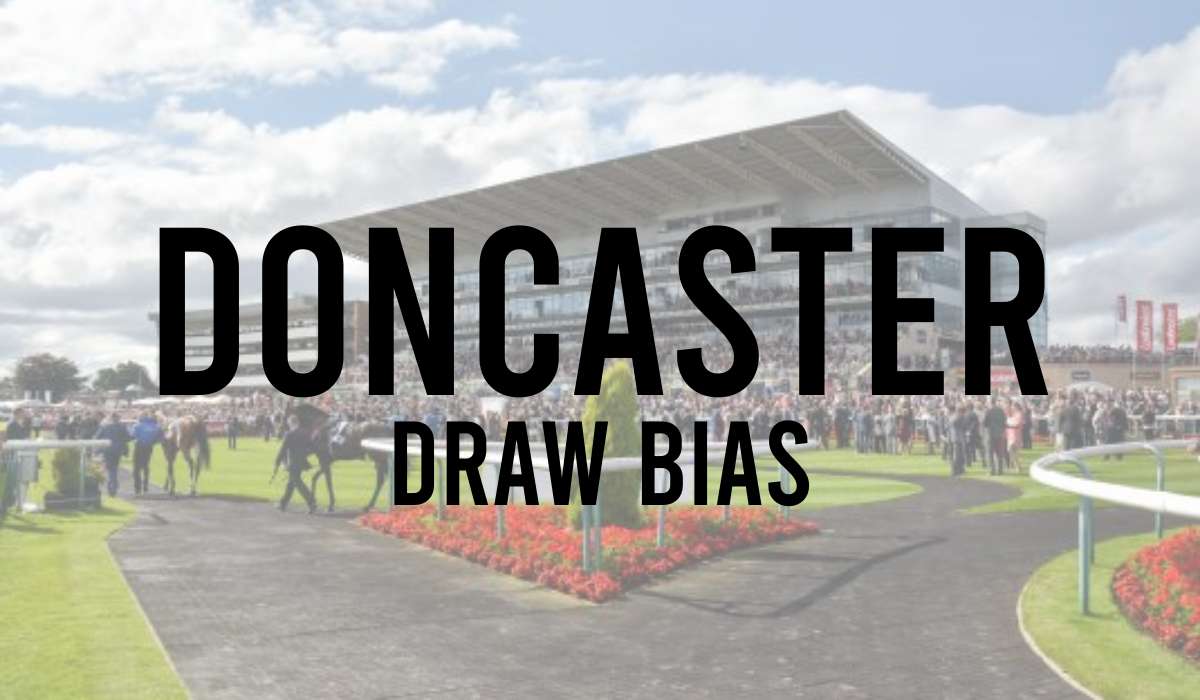
- Dundalk Draw Bias
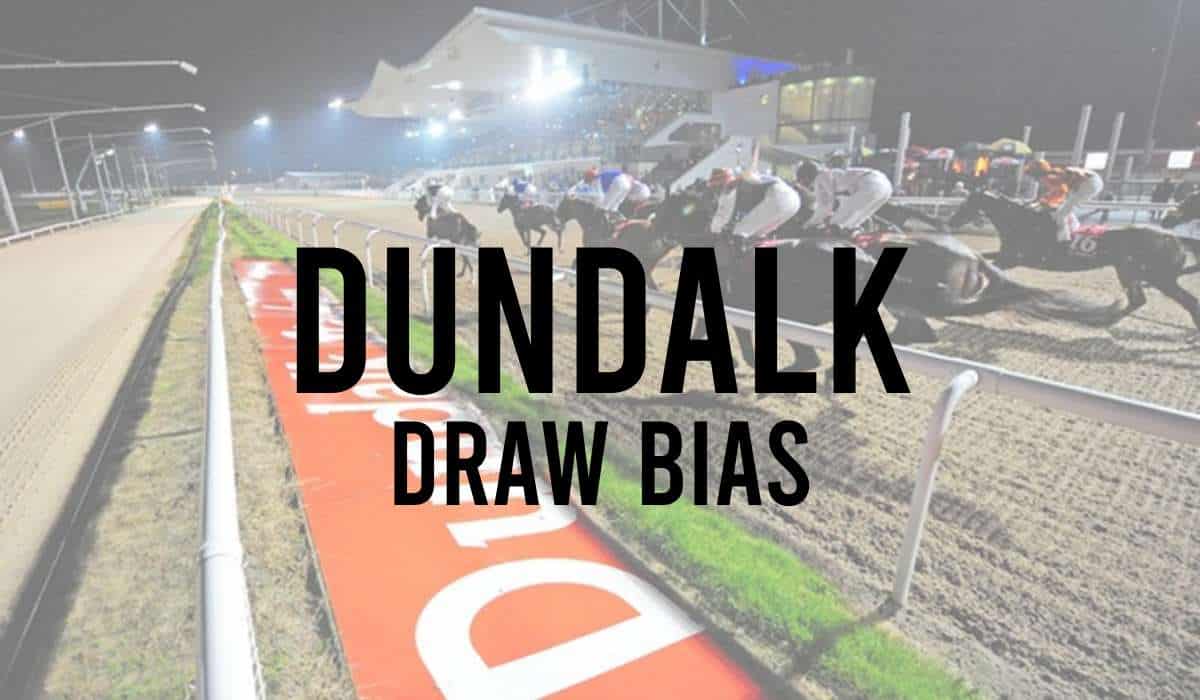
- Epsom Racecourse Draw Bias
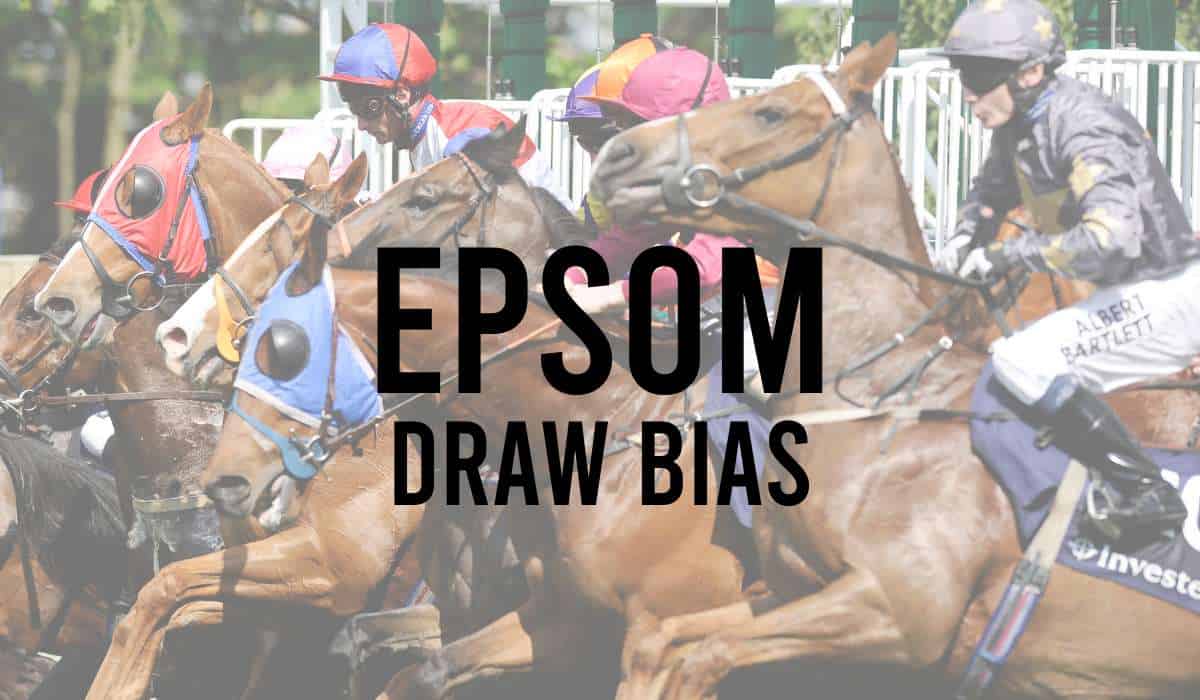
- Goodwood Draw Bias
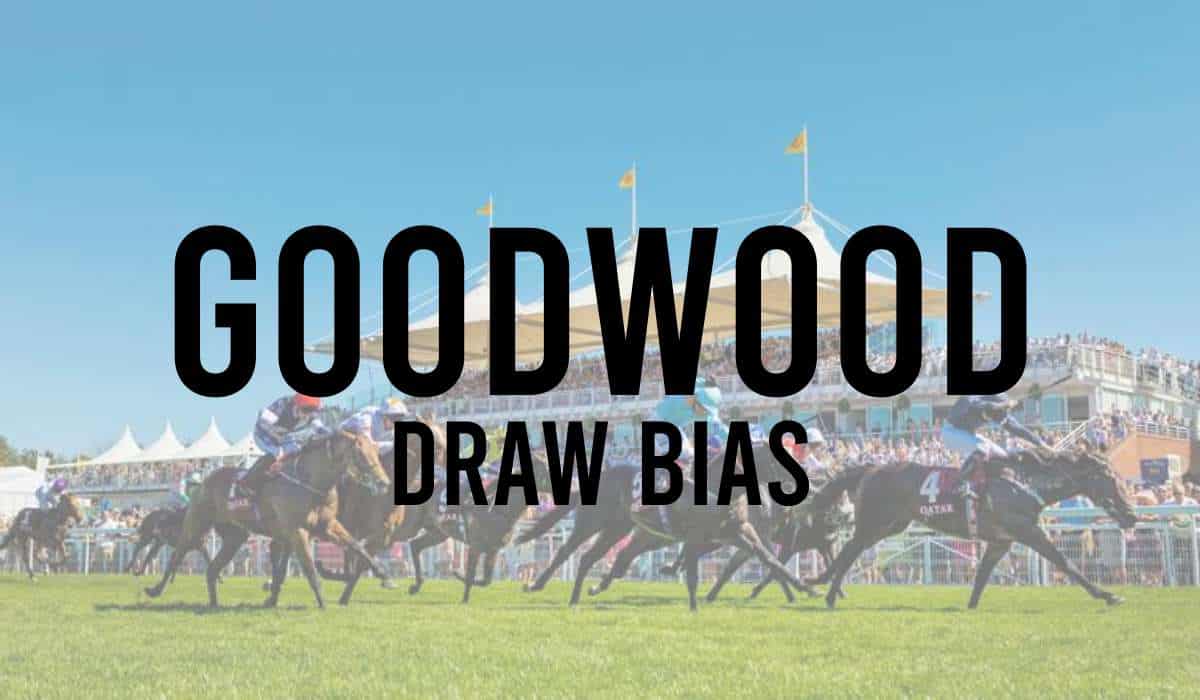
- Hamilton Draw Bias
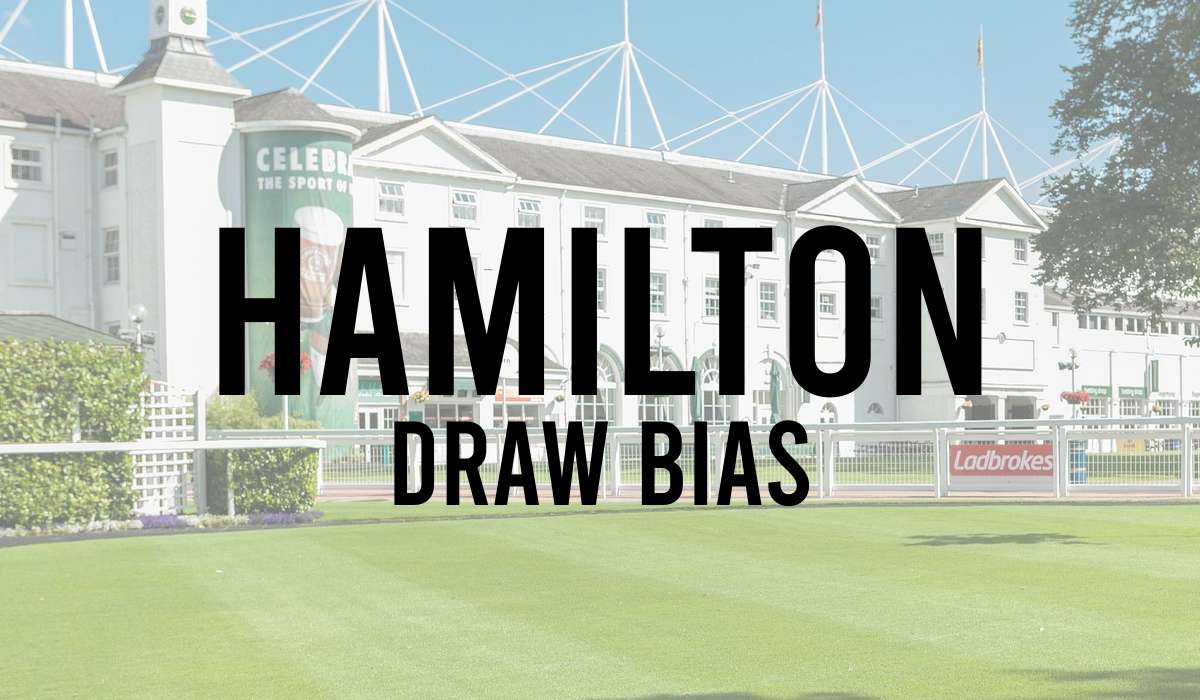
- Haydock Draw Bias
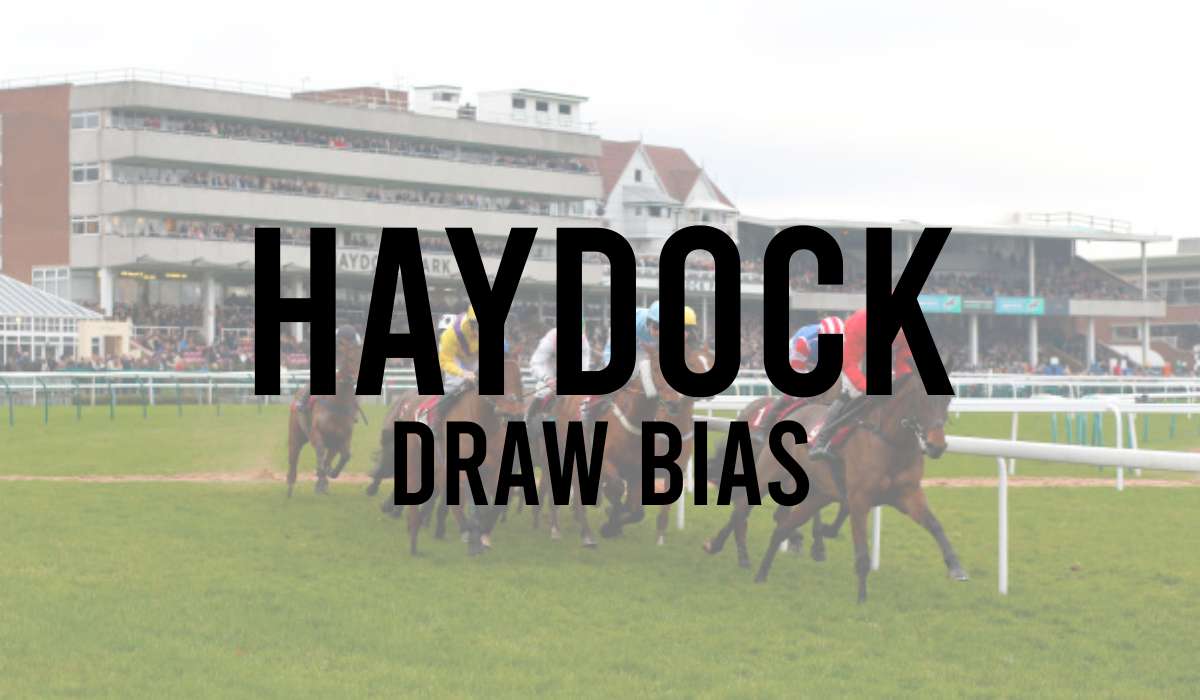
- Horse Racing Draw
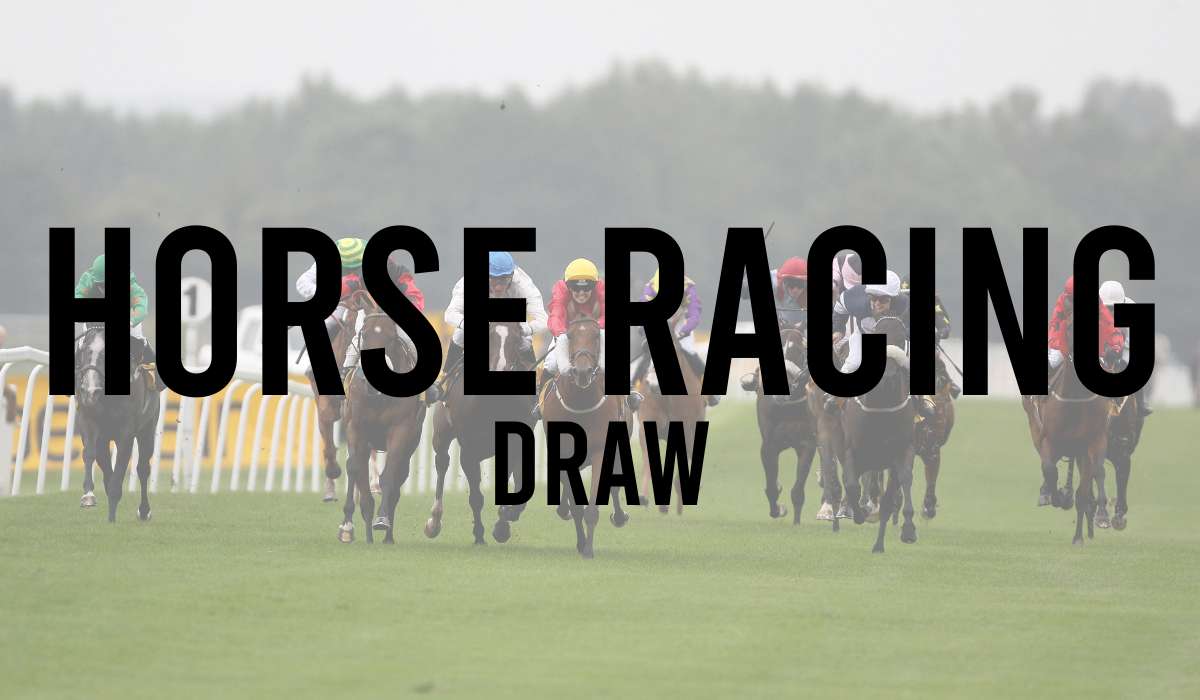
- Kempton Draw Bias
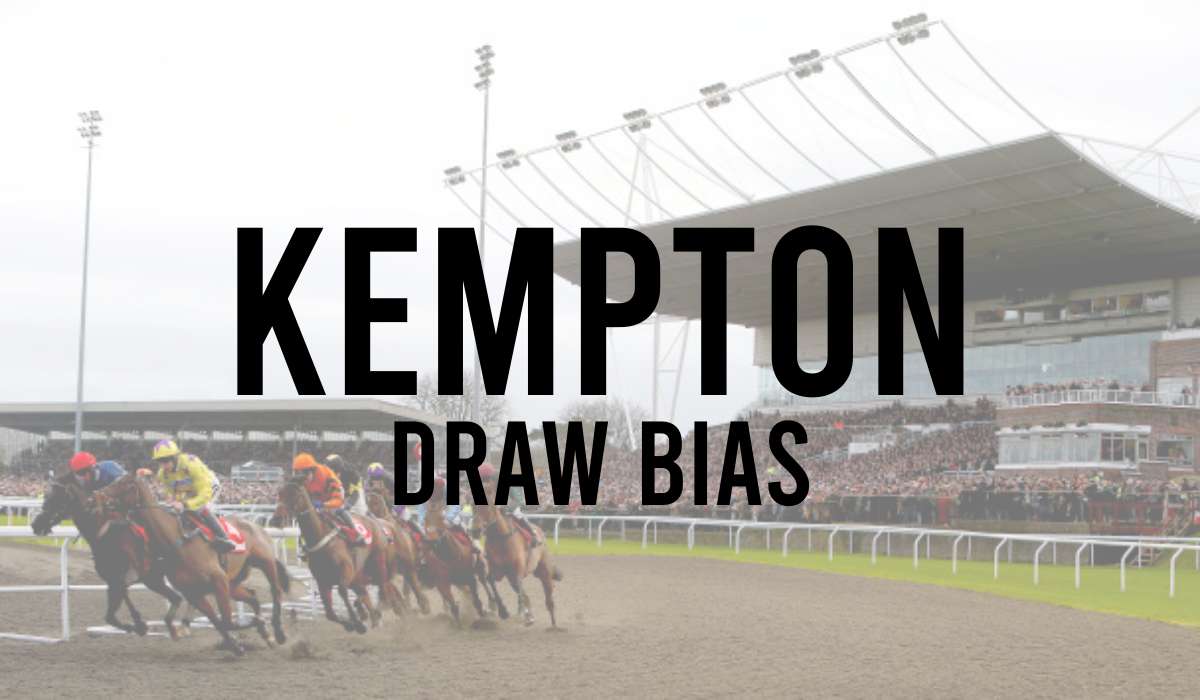
- Lingfield Draw Bias
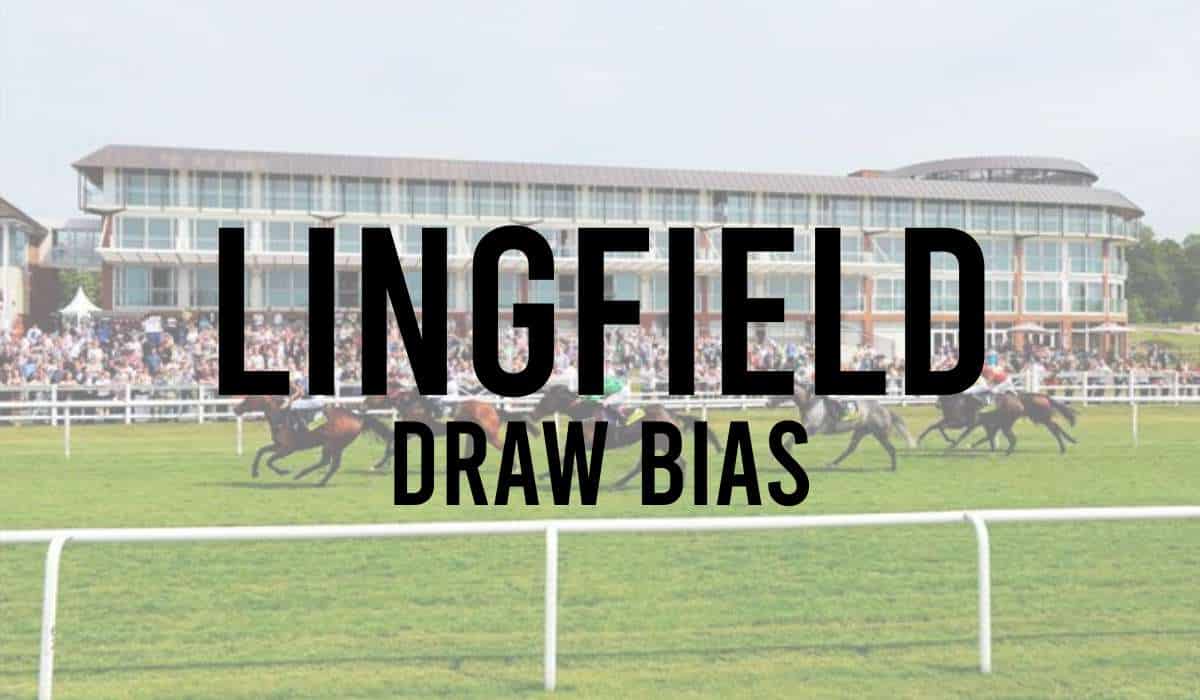
- Musselburgh Draw Bias
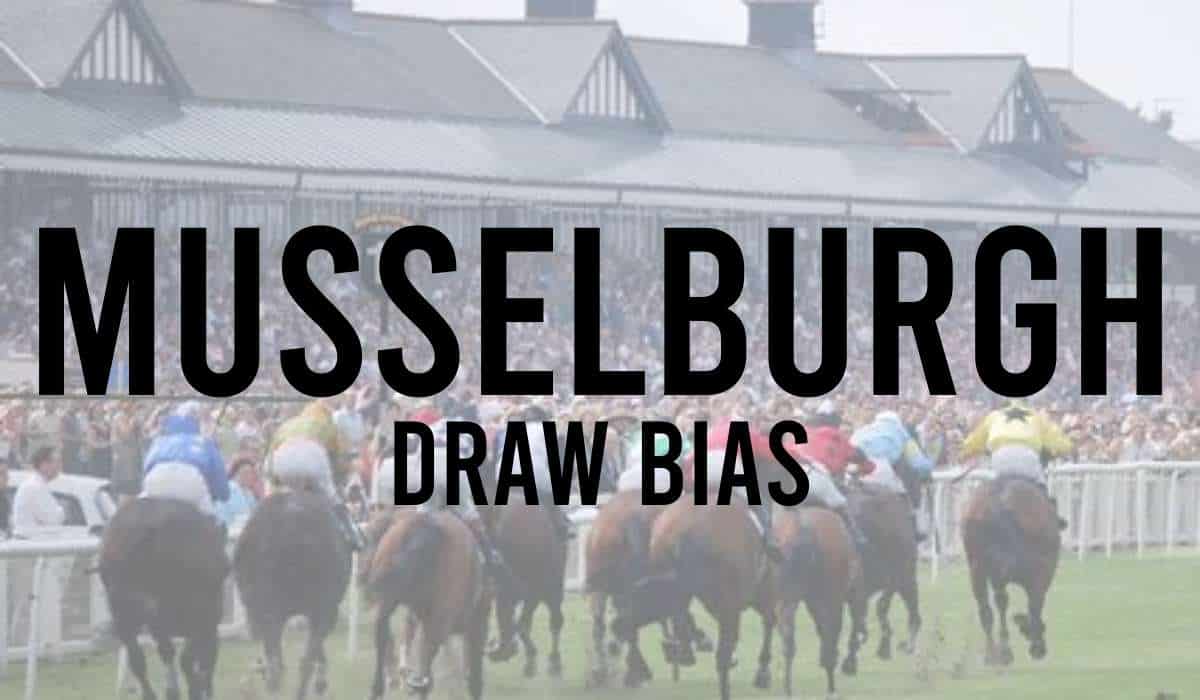
- Newbury Draw Bias
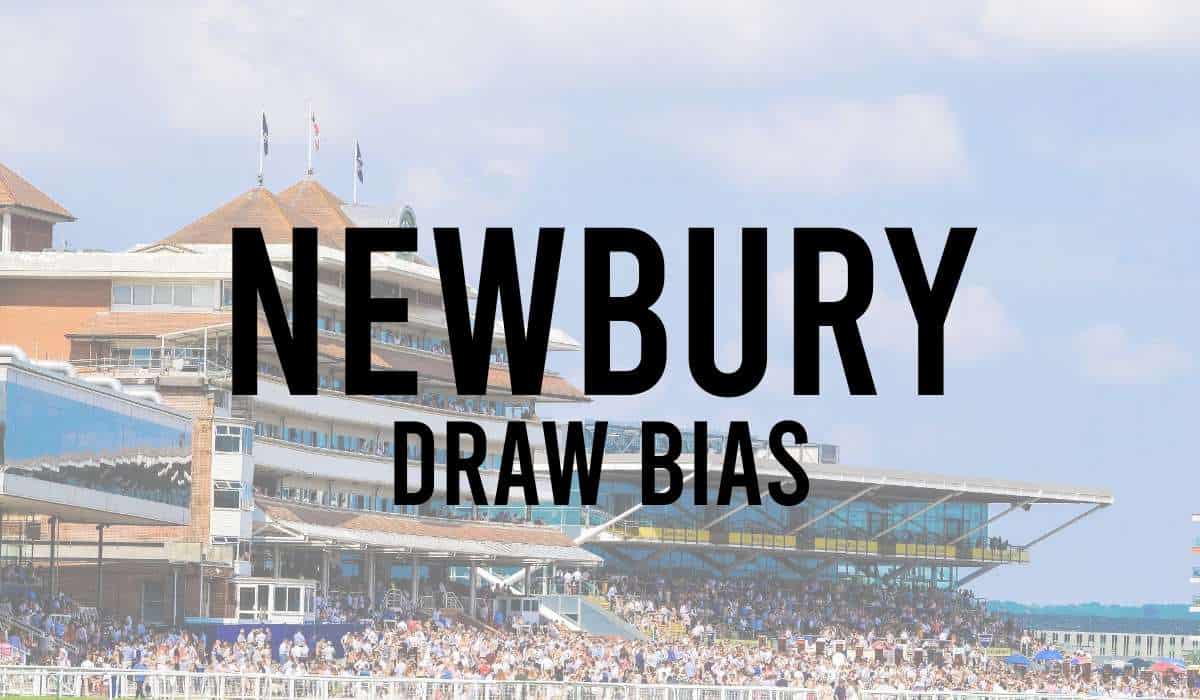
- Newcastle Draw Bias
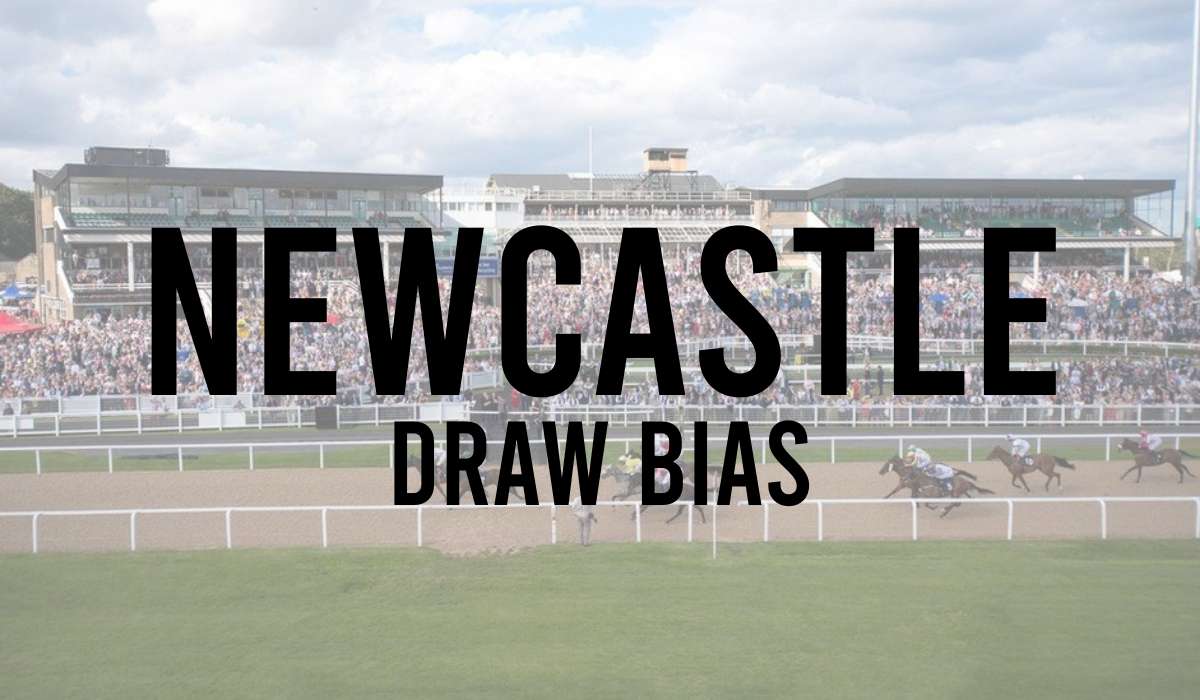
- Newmarket July Course Draw Bias
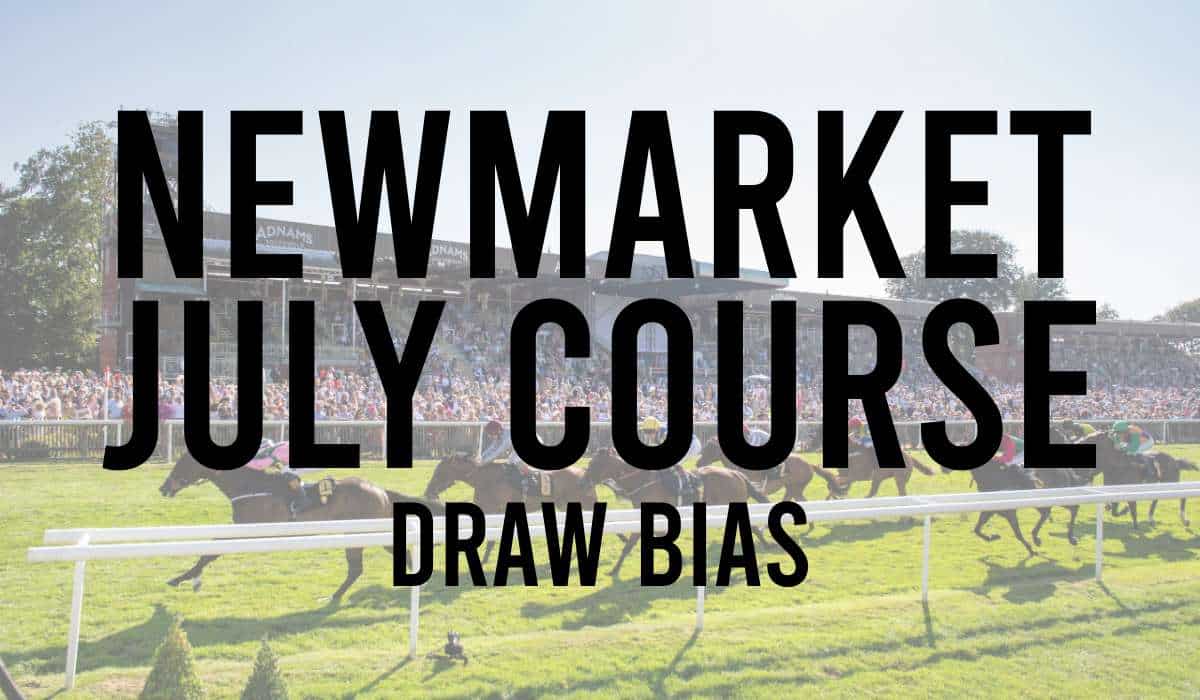
- Newmarket Rowley Mile Draw Bias
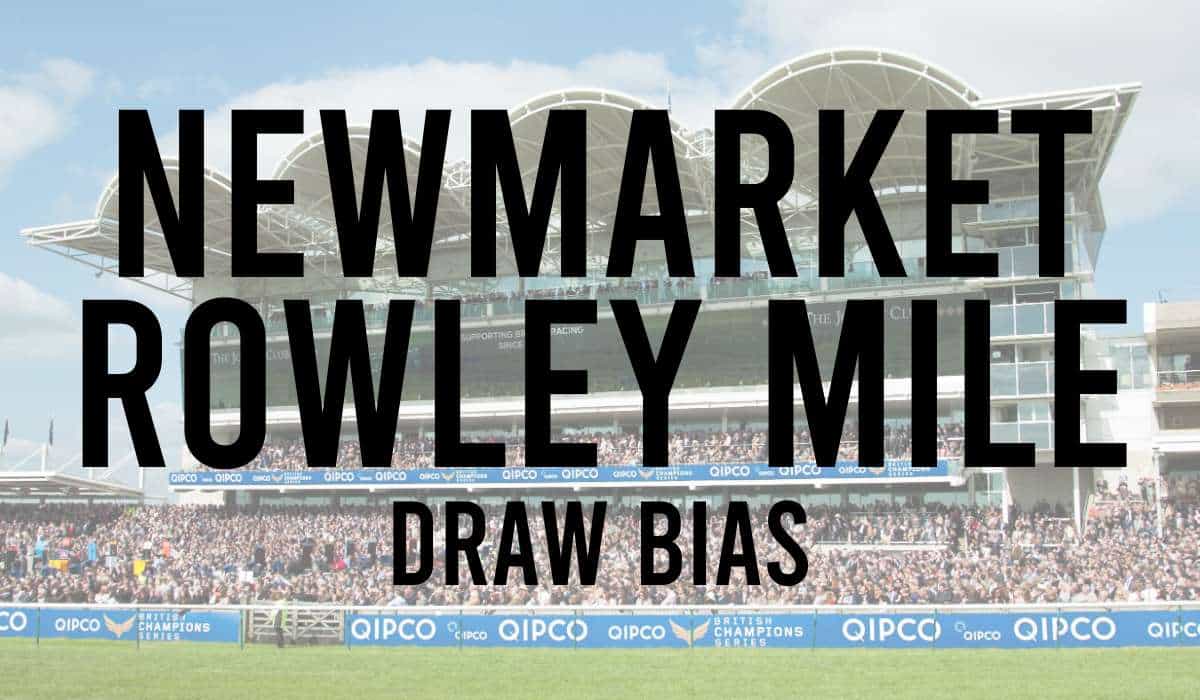
- Nottingham Draw Bias
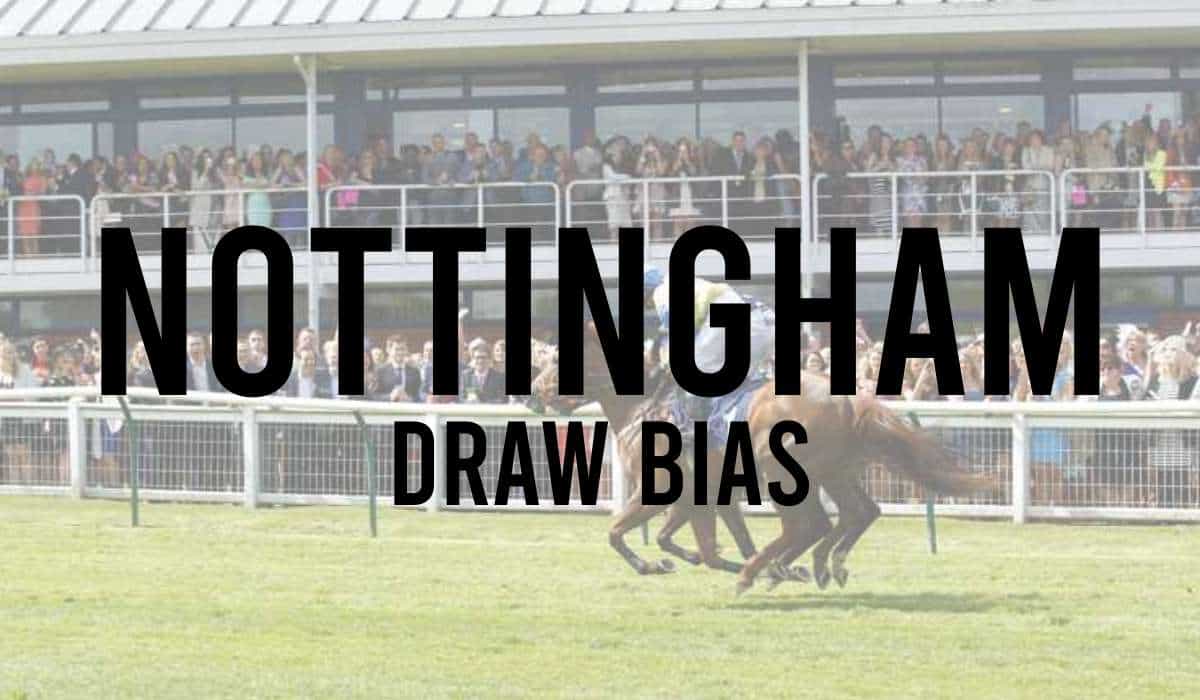
- Pontefract Draw Bias
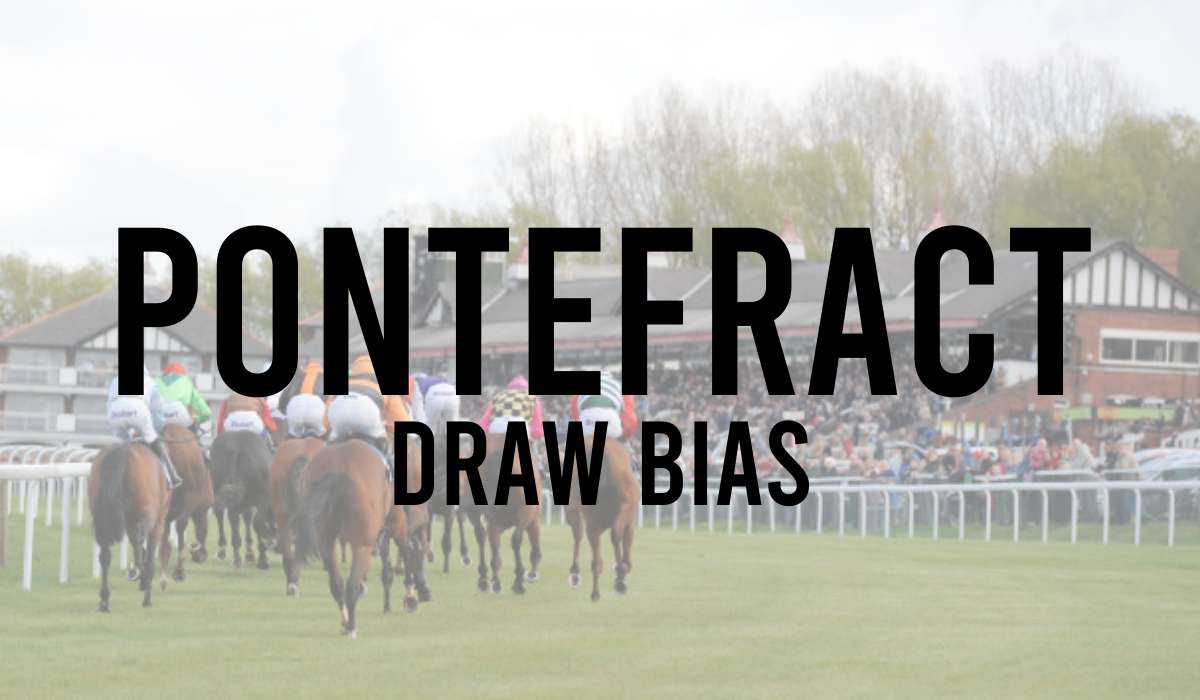
- Redcar Draw Bias
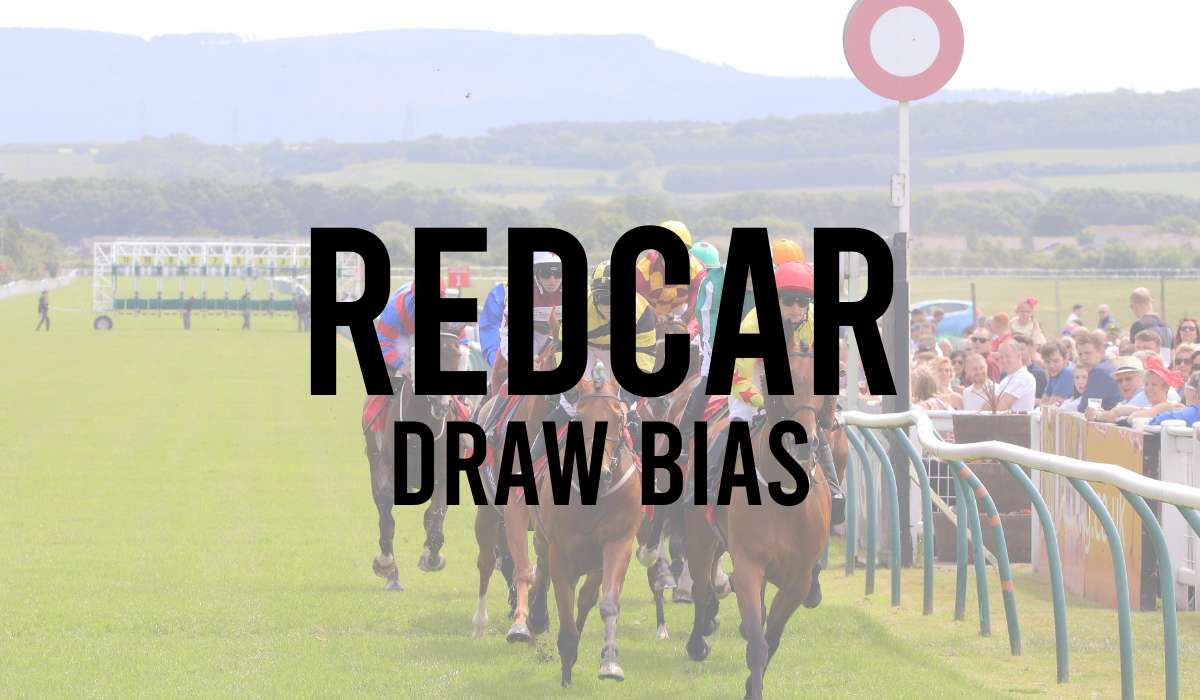
- Ripon Draw Bias
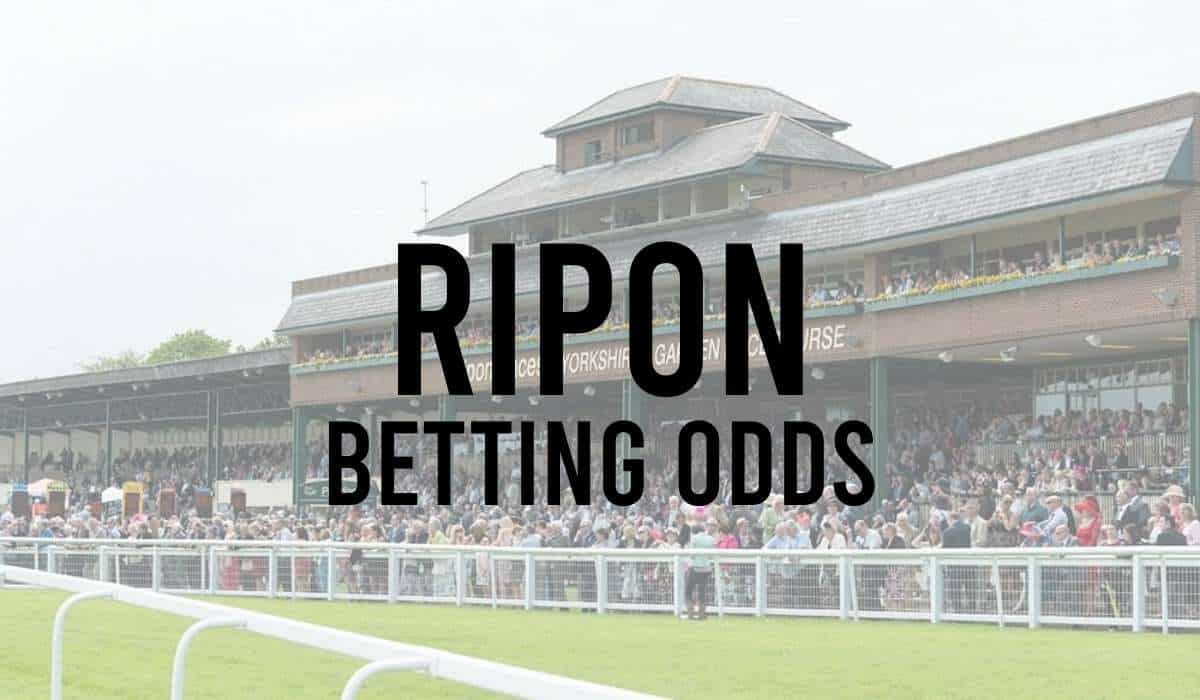
- Salisbury Draw Bias
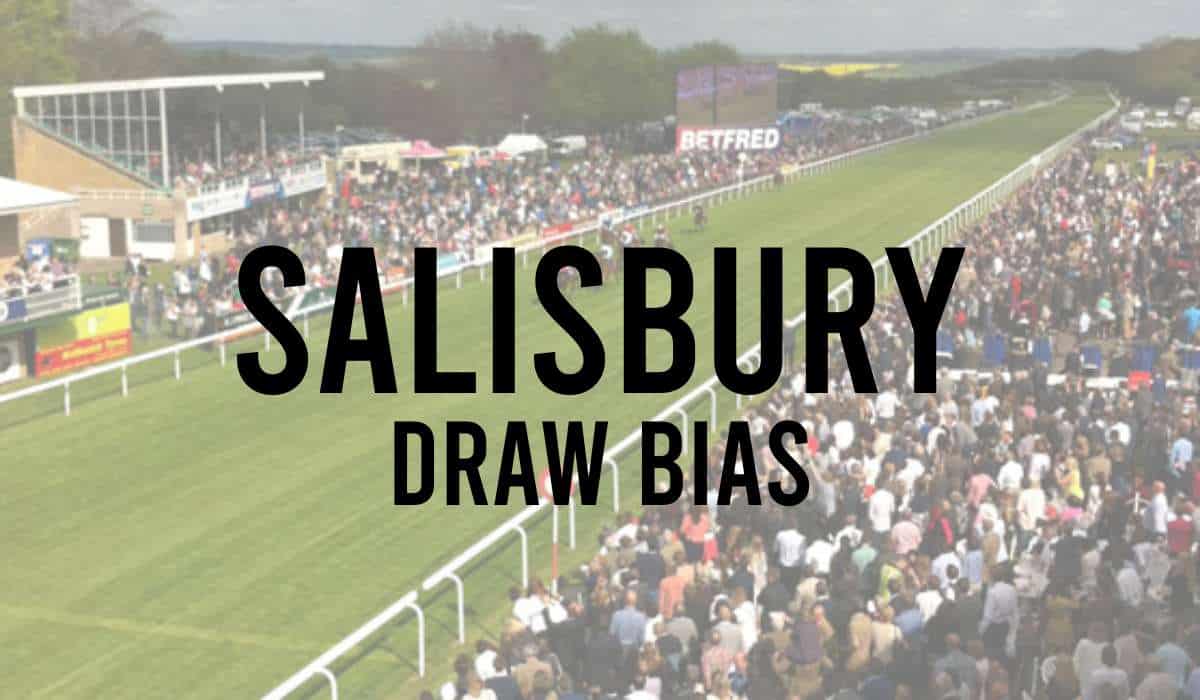
- Sandown Draw Bias
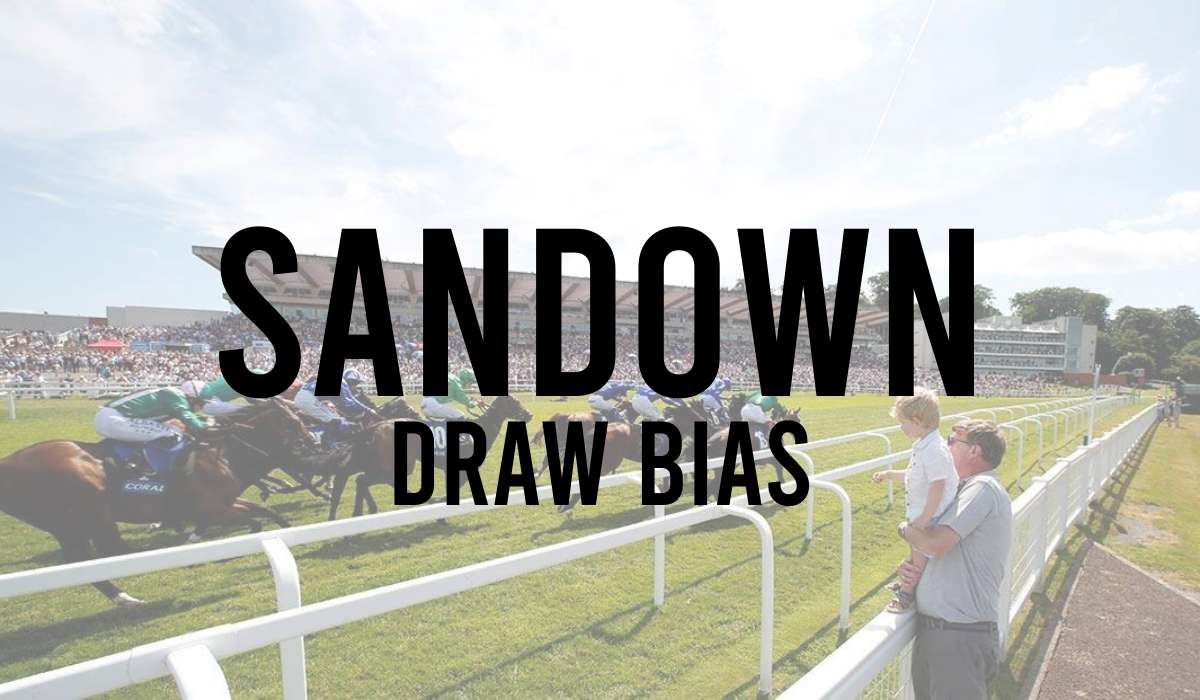
- Sligo Draw Bias
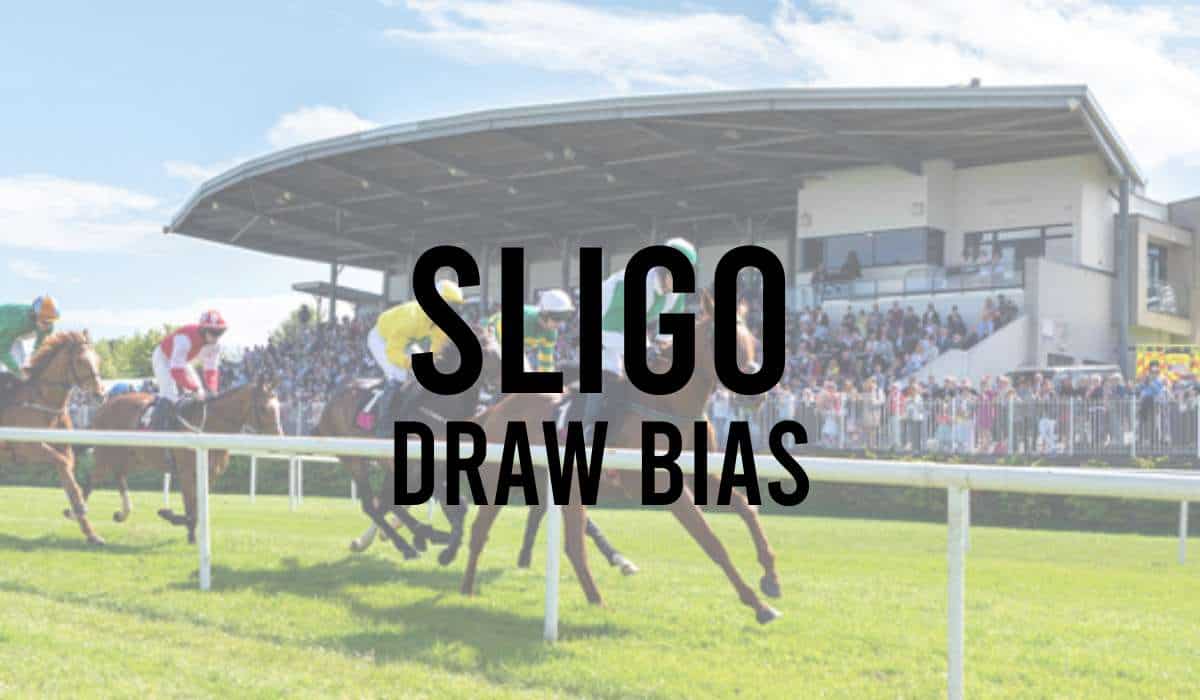
- Thirsk Draw Bias
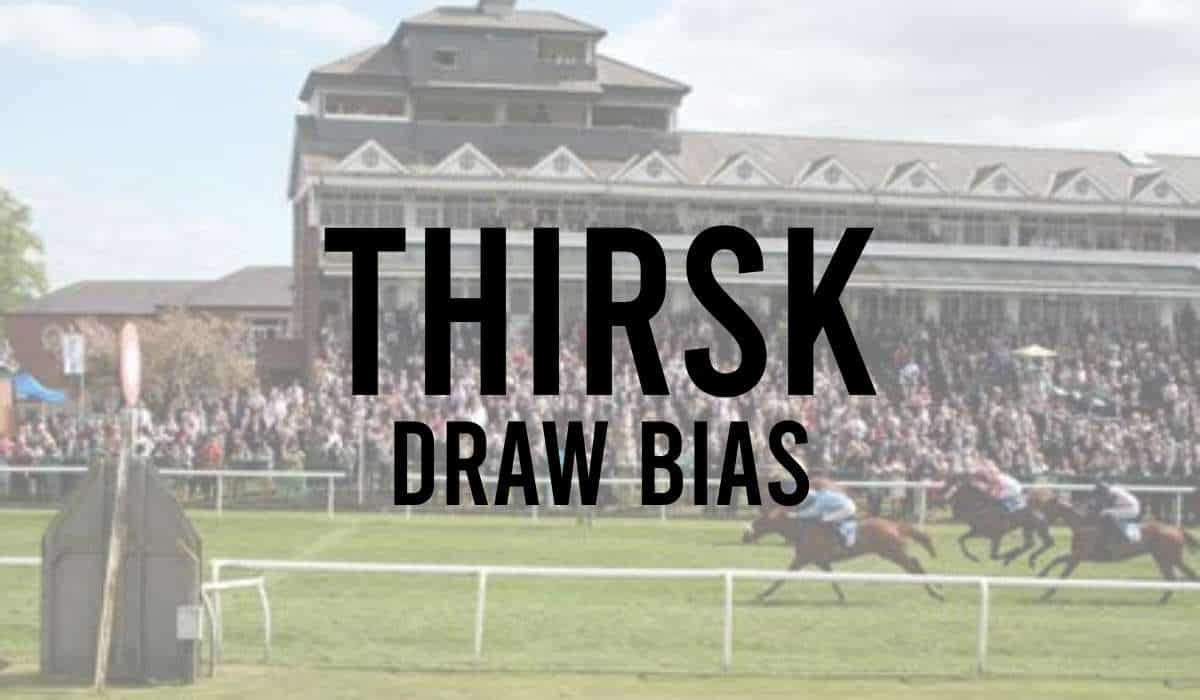
- Windsor Draw Bias
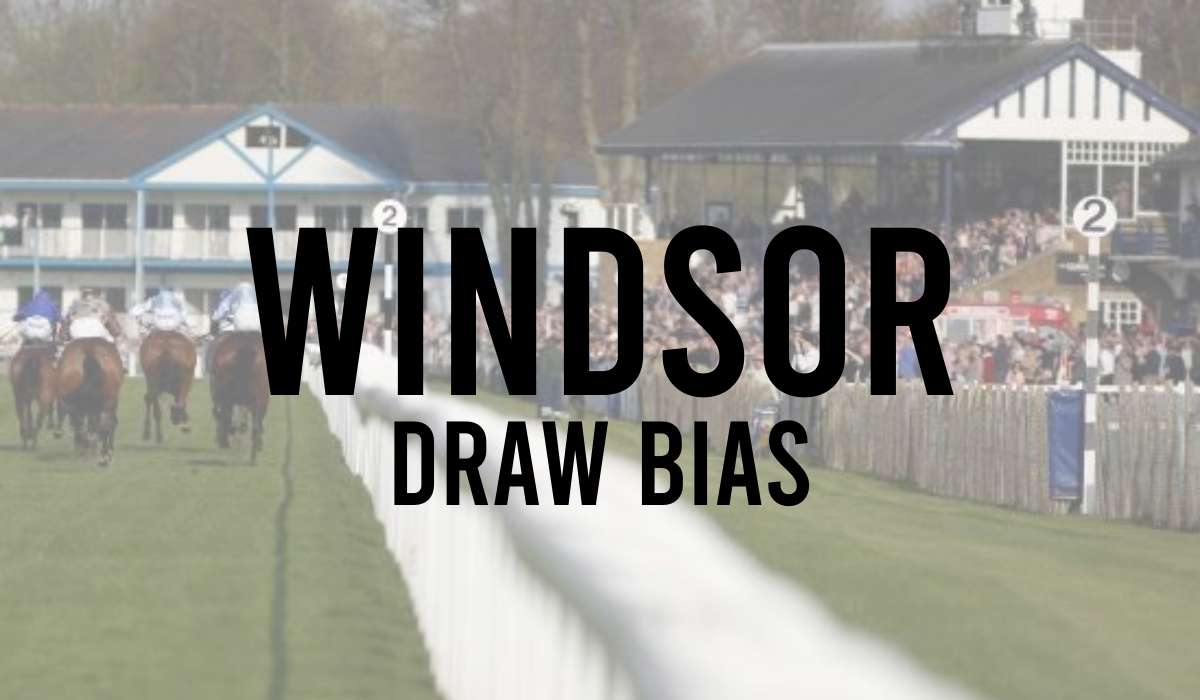
- Wolverhampton Draw Bias
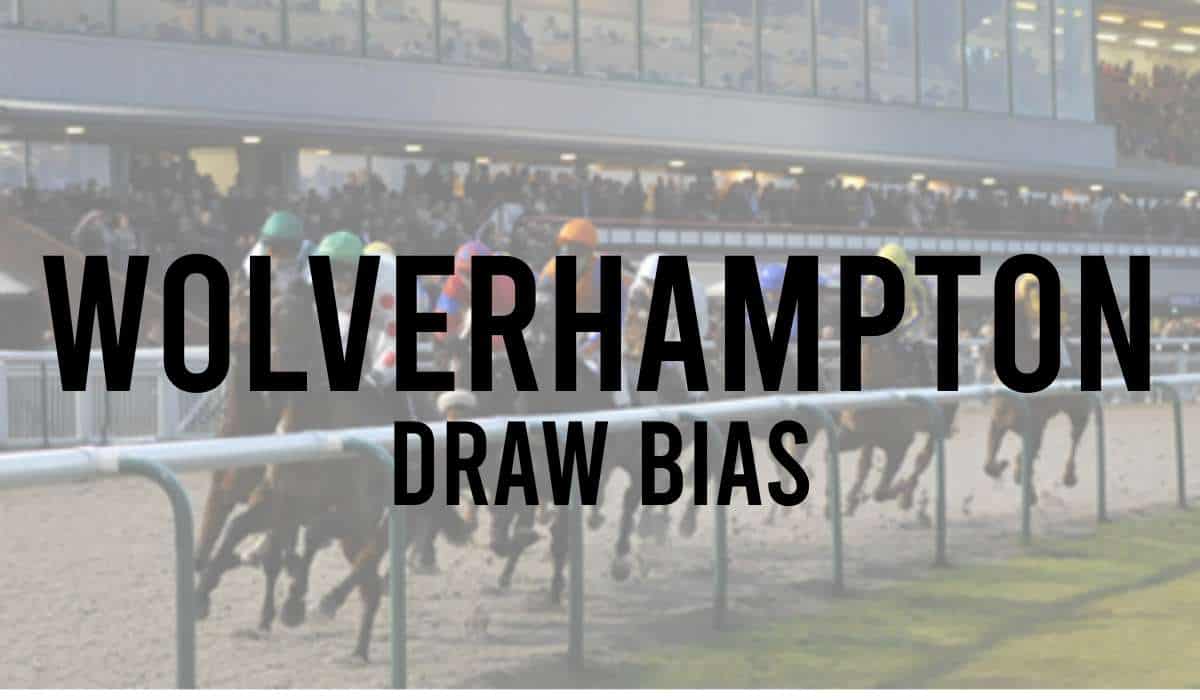
- York Draw Bias
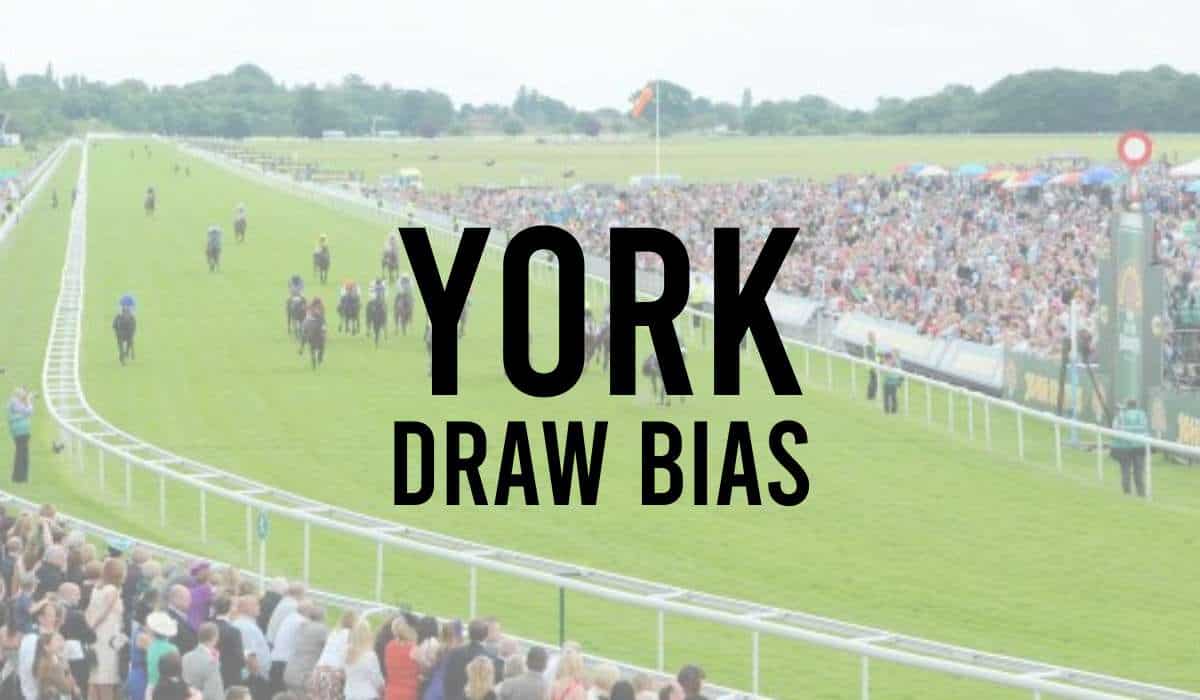
Draw bias in horse racing subjects covered – factors affecting draw bias, flat season, low draws vs high draws.